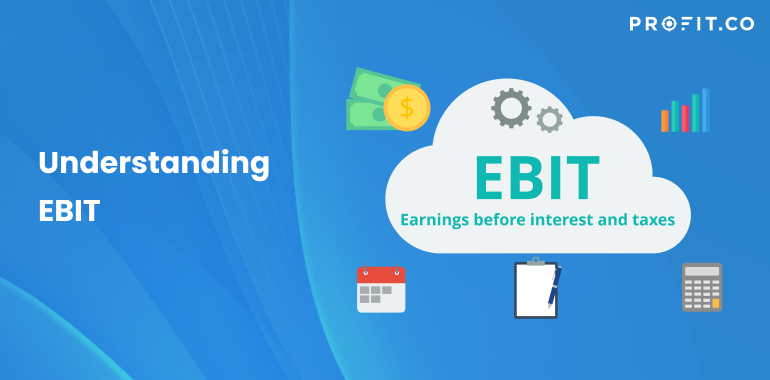Shortened from Earnings before Interest and Taxes, and also referred to as the operating income, is an equation that measures the operating profits of a particular company. It does so by subtracting the operating expenses and cost of goods that were sold from the total revenue of the company.
This calculation tells you exactly the profit that a company brings only from its operation – without taking into consideration the taxes and interest. This is also why so many people refer to it as operating profit or operating earnings.
The Deal with EBIT
Creditors and investors use EBIT mainly because it gives them a view of how successful a company’s core operation is – without thinking about capital structure costs or tax ramifications. Practically, it tells them whether or not the business ideas and activities are actually working in the real life.
For instance, investors can look at a company manufacturing stuffed toys and see whether each toy actually makes money or not – without taking the manufacturing costs into account. By examining the operation, an investor will have a better idea of the company’s financial health and its ability to pay off their taxes and obligations.
Calculating the EBIT
As mentioned, you calculate the EBIT by subtracting the COGS (cost of goods told) and operating expenses from the total revenue. As a result, the formula looks like this:
Because this formula adjusts the total revenues from the expenses, this formula is considered to be the direct method. However, there is also an indirect method that will give you the same result – and that, you will need the net income, interest, and taxes. Here is what the formula would look like:
As you may have noticed, it’s fairly easy to get results using either formula; you just have to understand what EBIT is. The first formula tells us what sum has been taken from the earnings, and the second tells us what we have to add back into the net income.
Understanding both equations is crucial because it allows you to see the ratio from two points of view – both different from one another. The first one is a preliminary operation that can be calculated at almost any point. The second, however, focuses more on year-end profitability. The results, however, will be the same.
Interpreting the EBIT
The EBIT tells a fair lot about the financial position of the company. By looking at the operating costs instead of the net income, we can see how profitable the company is without being concerned with the taxes.
By knowing these costs, an investor may decide whether or not a company is worth investing in. For example, if they have low operating costs and interest expenses – but high net profit – then it means that their choice would be a profitable one. Some may have a higher net profit than others – but if the operating costs are very high, then it’s likely the profit will be much smaller.
